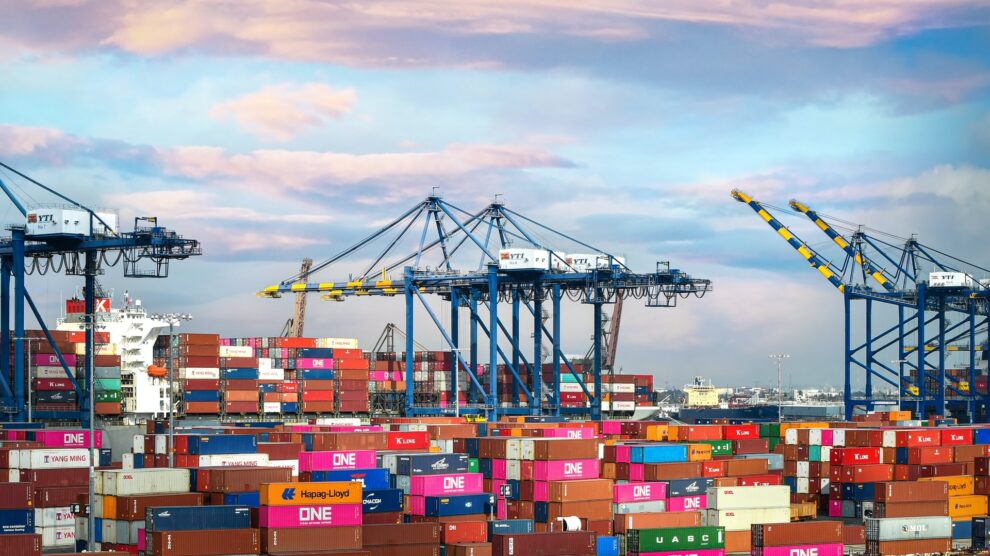A Single Entry Customs Bond or Single Entry Transaction Bond (STB) is a financial contract to ensure that the CBP – and thereby the government, receive punctual payment of all import duties, taxes, and other fees deemed necessary.
Regular importers usually choose a Continuous Customs bond, which covers all imports throughout the year and can be renewed. However, Single Entry Customs Bonds are only valid for a single consignment and, therefore, often more appropriate for small importers. As such, Single Entry Customs Bonds are only applicable to a single consignment. Every further consignment must have its own customs bond. Hence any business intent on sending numerous consignments must acquire as many single entries or single-transaction customs bonds as needed – i.e., one for every individual consignment.
What Is the Bottom Line?
The big question is how to calculate the cost of a SEB. The CBP’s website gives a detailed but complex breakdown of bond prices. In general, one-off shipments should receive an STB of 0.5%-2% of your goods’ sales price plus all duties, fees, and taxes and $75 for the ISF bond if goods are being shipped by ocean. Single entry bonds are usually written at a minimum of around $50/$75, but this can vary. Factors that may increase or decrease the pricing of each consignment include product type, liability, transportation risks, country of origin, and more.
Regarding product type, if the items being imported fall under the jurisdiction of the following government agencies, the bond must be calculated at 3X the value plus the cost of applicable duty and fees:
● Food and Drug Administration (FDA)
● Environmental Protection Agency (EPA)
● Department of Transportation (DOT)
● Bureau of Alcohol, Tobacco, and Firearms (BATF)
● Consumer Products Safety Commission Toys and Fireworks (CPSC)
● Agricultural Marketing Service (AMS)
● Federal Communication Commission (FCC)
● Toxic Substance Control Act (TOSCA)
● All merchandise subject to QUOTA or VISA
● Shipments under Fish & Wildlife.
For instance, the SEB premium on a $50,000 duty-free shipment of FDA-regulated goods would be at a minimum of $450. The calculation is: $50,000 X 3 = $150,000 ÷ by $1000 = 150 X $3.00 = $450.00 for the single entry bond premium. In this SEB scenario, the importer is better off with an annual Continuous Bond.
More SEB Math
Each air shipment requires its own SEB. The minimum charge for this bond is $75.00 and is based on $7.50 per $1,000 FOB value + fees/duty. Do not forget the fee triples for goods subject to the oversight of other government agencies.
For example, if your import shipment is worth $30,000 with a 5% duty rate, the SEB would be based on: $30,000 shipment value + Duty of $1,500 + fees: Merchandise Processing Fee of 0.3464% – $109.11, and Harbor Maintenance Fee of 0.125% – $39.75 . The bond is normally written for $32,000 USD. Total cost for the SEB: $240.00. ($32,000 x 7.50 = $240.00).
Each ocean shipment also requires its own SEB, the minimum charge of around $75.00 and $7.50 per $1,000 FOB value + duty/fees. The bond fee also triples for items subject to oversight by other governmental agencies. In addition, ocean shipments require an Importer Security Filing Bond (ISF SEB) for importers without a continuous bond. The flat fee for this ISF bond is around $75.00 per shipment – in addition to the Customs Entry Bond.
Tip on Reducing SEB Costs
If you are importing a one-time shipment that will not fill an entire container, consider using an LCL (less than a container load). Your items will be packed together with those of other importers. When shipping LCL, you only pay for the volume you require as opposed to a flat rate. LCL shipping is much cheaper than air freight. So, even if you have to wait longer for your shipment to arrive, your costs will be far lower. Lastly, during peak seasons when shipping capacity is nearly full, it may be easier to find LCL and faster than FCL – shipments where one party owns all goods in a container.
Making It Easy
eezyimport empowers importers to become self-filers. Cutting out intermediaries can reduce all costs related to importing goods into the U.S. Importers can choose eezyimport’s fast and efficient DIY Self model (self ISF or Entry filing) or DIY Broker model. eezyimport’s platform also offers competitively priced Single ISF customs bonds and Single Entry Customs bonds. The company aims to boost businesses by making importing a cost-efficient and straightforward process!





